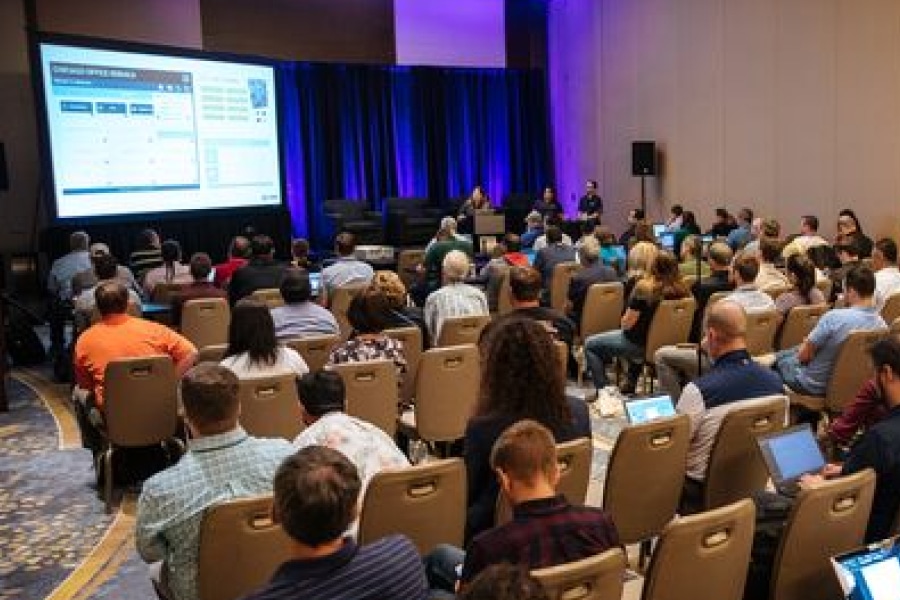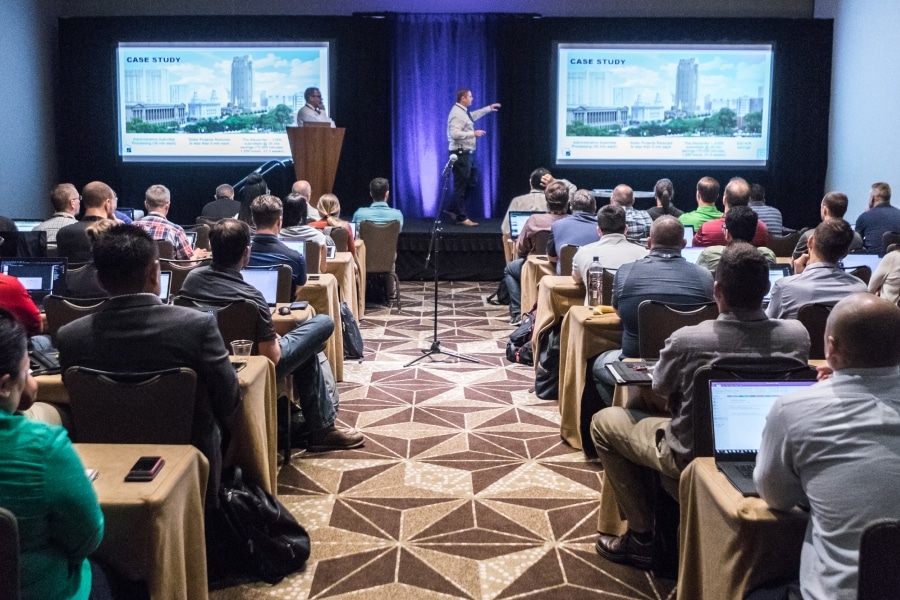Effective communication and streamlined collaboration are vital in the fields of civil engineering, drafting, and modelling. Golder, a renowned global consulting firm, recognised the challenges they faced in accurately communicating and marking up documents during their review processes. To address these issues, Golder decided to adopt Bluebeam as their standard software solution. In this article, we will delve into Golder’s four-step implementation strategy, highlighting how they customised Bluebeam to suit their diverse teams and achieved improved workflows and communication.
Step 1: Securing Buy-In and Identifying Internal Champions:
Implementing a new software platform requires buy-in from key stakeholders within the organisation. Golder successfully gained support by emphasising the value proposition of Bluebeam, showcasing its capabilities to enhance communication, streamline markups, and improve overall project efficiency. Additionally, they leveraged internal champions who had prior experience with Bluebeam or similar tools, further strengthening the case for its adoption.
Step 2: Conducting Stakeholder Engagement Sessions:
Recognising that different teams within Golder would utilise Bluebeam differently, they conducted stakeholder engagement sessions. These sessions involved managers and representatives from various departments, such as environmental engineers, project managers, and modelers. By presenting the functionalities of Bluebeam and actively seeking input, Golder aimed to understand each team’s specific needs and customise the software accordingly.
Step 3: Customising Bluebeam for Workflows and Communication:
To address the challenge of communication on drawing markups and modeling, Golder found Bluebeam to be the perfect solution. They leveraged its capabilities to create formalised workflows and standardised markups, reducing the reliance on email exchanges and compilation of markups. By creating customised tool sets, profiles, and in-app communication channels, Golder ensured that each team had a tailored experience, allowing for smoother collaboration and efficient document management.
Step 4: Adaptation and Acceleration during the Pandemic:
The COVID-19 pandemic further emphasised the need for effective remote collaboration tools. Golder had already embraced Bluebeam before the pandemic, but the shift to remote work accelerated its usage. With team members working from home, Bluebeam became an essential tool for electronically marking up documents and facilitating seamless communication. The software’s features enabled Golder to maintain productivity and effectively collaborate despite the physical distance.
Golder’s implementation of Bluebeam showcases the effectiveness of a systematic approach to adopting new software. By securing buy-in, engaging stakeholders, customising the platform, and adapting to remote work, Golder successfully integrated Bluebeam into their workflows. The customised workflows and streamlined communication offered by Bluebeam have enhanced collaboration, reduced assumptions, and improved overall project efficiency for Golder. By following Golder’s four-step implementation strategy, other organisations can also harness the power of Bluebeam to revolutionise their communication and collaboration processes in the construction and engineering industry.












